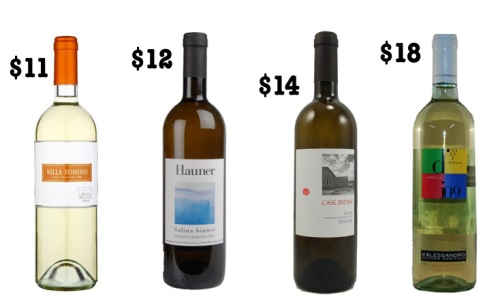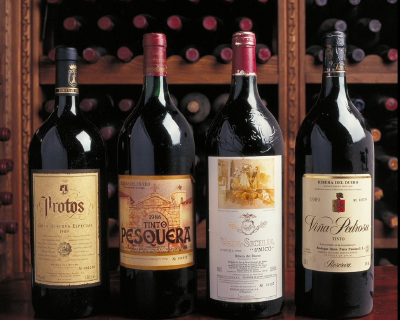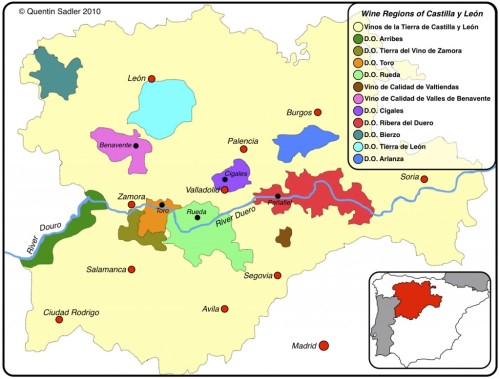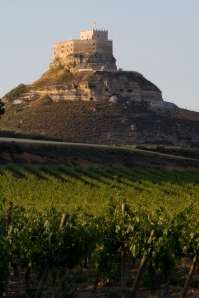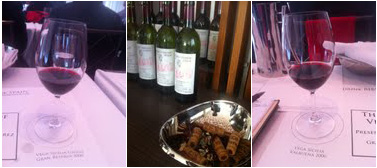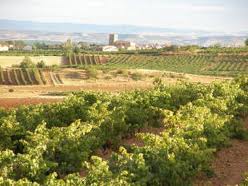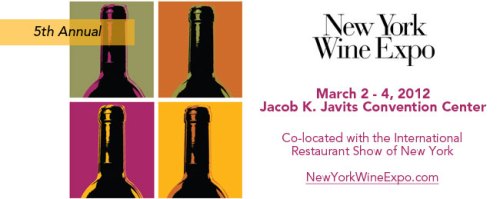It’s been over a year since I’ve taken the time to write about the 20-something wine palate. Last I checked in, Millenials were mad for Malbec – but that was a while ago and, while I’m sure there are still plenty of 20-somethings throwing back these easy-drinkers from Argentina, there’s plenty more to catch everyone up on.
It’s only taken a year of writing this little wine blog but my friends have finally started to come around to being introduced to different wines that I bring around. And to actually go into wine stores on their own, ask questions, and spend a little money on a wine that they might actually enjoy. The biggest crowd pleaser? Without a doubt, Barbera.
Barbera is a grape indigenous to Piedmont in Northwestern Italy and it makes a wine that is notable for its big juicy fruit, high acidity, and low tannin. Unlike Malbecs from Argentina, which are also incredibly fruit forward, Barberas tend to show flavors of cherries and red plums and, because of the high acid, they are brighter and much more food-friendly. I have a theory that given these wines’ flavor profiles, easy drinkability, and food friendliness, they would easily be the next Malbec if not for their higher price tag. Wine directors around the city of New York have taken note, too, and begun to offer them widely and broadly on wine lists across the city as an affordable and accessible by-the-glass option. For the 20-something who is starting to get comfortable with their palate, maybe into a something a little heavier than their usual Pinot Noir but a little sick of rich chocolatey Malbec, Barbera is a brilliant choice.
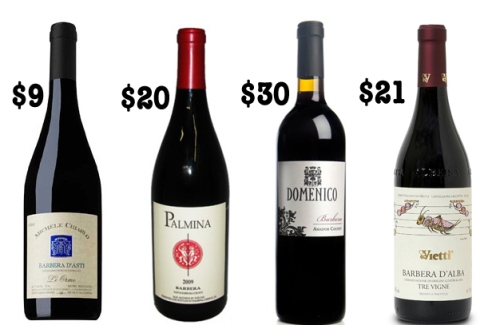
Barbera is traditionally a wine of Piedmonte, but there are some truly wonderful examples coming out of Santa Barbara and also Amador County at the foot of the Sierra Foothills in California. Above, I’ve included my two clear favorites from this burgeoning region.
For the more adventurous 20-something wine drinker, I’ve found that another big hit is the Austrian grape, Blaufrankisch. Austrian wines, in general, have seen a pretty significant surge in popularity over the last year – with Zweigelt, Blaufrankisch, and even St. Laurent starting to become a less rare sighting on wine lists and retail shelves. For the 20-something wine drinker who just doesn’t have a taste for Pinot Noir, Blaufrankisch is a great option – it’s light, has really bright acidity, and berry fruits like raspberries, blueberries, and a sophisticated hit of black pepper that makes the nose on this wine instantly recognizable. With just a touch of tannin, this is a good gateway wine into understanding the structure and complexity that tannin can bring to a wine – there’s no way that the average 20-something wine drinker is going to ever appreciate tannin if they’re smacked in the face with it. It has to be a gradual introduction and one that gets more aggressive over time, as the palate warms up to it. Blaufrankisch is another wine that my friends enjoyed so much that it drove them to their local wine shops in search of it.
As far as heavier reds go, I think that a lot of 20-somethings who have the money to spend are big into the reds from Chateneuf du Pape. The price of these spicy, earthy, and moderately tannic wines have fallen as the market has been flooded with more affordable bottles, and millenials are drawn to this very classic French wine. However, for those who have a taste for bigger reds that can’t quite afford to throw down $20 every time they want a bottle of wine, the reds of the Languedoc are a great place to go. Specifically, the red wines of Corbieres are popular and, generally, easy sellers. These are reds that have some of the spice, aggressive fruit, and earthiness that Chateneuf offers, but with softer tannins and a funkier character that is strangely appealing. The price tags on these wines are generally a little gentler on the wallet, too, with good bottles usually retailing for about $12/bottle.
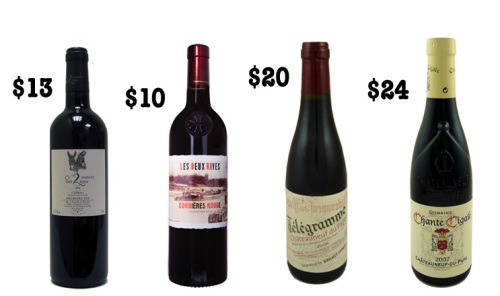
In Corbieres, the main grape is Carignan, which is often supplemented with Syrah and Grenache. Carignan is the main culprit behing the funky character that sets the region’s reds apart. Meanwhile, in Chateuneuf du Pape, Grenache is king.
So, what about the whites you ask? Besides the Moscato craze sweeping the marketplace, there are plenty of other wines that are poised to be a big hit with the 20-something wine-drinking crowd. To start, I think that Rieslings are making a big impression on the 20-something wine drinker – especially with the shift towards the bone-dry style. If there’s one thing that Millienals never want to be, it’s uncool. And sweet Rieslings? They are the epitome of uncool. But dry Rieslings are delicious and 20-somethings are learning this slowly but definitely.

In the spirit of Riesling’s growing popularity in regions across the world, I’ve included here a sample from The Finger Lakes, Alsace, Washington, and the Mosel Region of Germany…all have distinct characteristics that speak to that all-elusive idea of terroir
I also think that Greek Whites are making some decent headway. Assyrtiko, once obscure, is slowly becoming a go-to white wine on many wine lists around the city, and I’ve had some other Greek whites that have just blown me away. These are wines to watch out for. Again, like with the dry Rieslings, these are usually whites with racy – if not downright aggressive – acidity that are crisp and clean, but offer nice fruit and some interesting flavors. Oak, I think, has become a faux-pas as far as 20-somethigns are concerned – an oaky white wine is too much something their mothers would drink and, thus, far too uncool.

The wine on the far left, the Alpha Estate Malgouzia, isn’t actually an Assyrtiko, but it is a wine I fell in love with recently. It has a vaguely minty marshmallow flavor and texture that make it endlessly intriguing from the first sip to the last. Coupled with a bracing acidity, it’s a wine that continues to pique my curiosity weeks after I’ve tried it.
Lastly, as far as whites go, I think that Sicilian whites are piggybacking on the huge surge in popularity of Sicilian reds, and we may start to see more of them. Just like with Assyrtiko and Riesling, Sicilian whites have zingy acidity and unusual flavors that range from orange blossom to stark minerality. They’re cool and weird and so far from what our parents ever liked that I think they’re bound to become strangely popular for such an obscure wine.
I think the biggest insight we can glean into the shifting trends in what 20-somethings are drinking is that younger wine drinkers like wines that have a “cool factor” – whether the grape or the place is a little obscure, a taste for high acidity, and, obviously, the price. If the average bottle is above $15, you can forget about it – you’re not going anywhere fast with this recession-battered crowd. I think, too, that, wines in general made with less oak and a lighter touch are becoming increasingly popular. I think that two wines poised to make a big impression in the next year are Rioja – those that are made in a more traditional old-world style with restrained oak and less bombastic fruit, and Beaujolais – a wine I love dearly for its subtlety, delicacy, and lightness. We’ll come back around to those two, later. In the meantime, go drink what the cool kids are drinking and thank me later.

